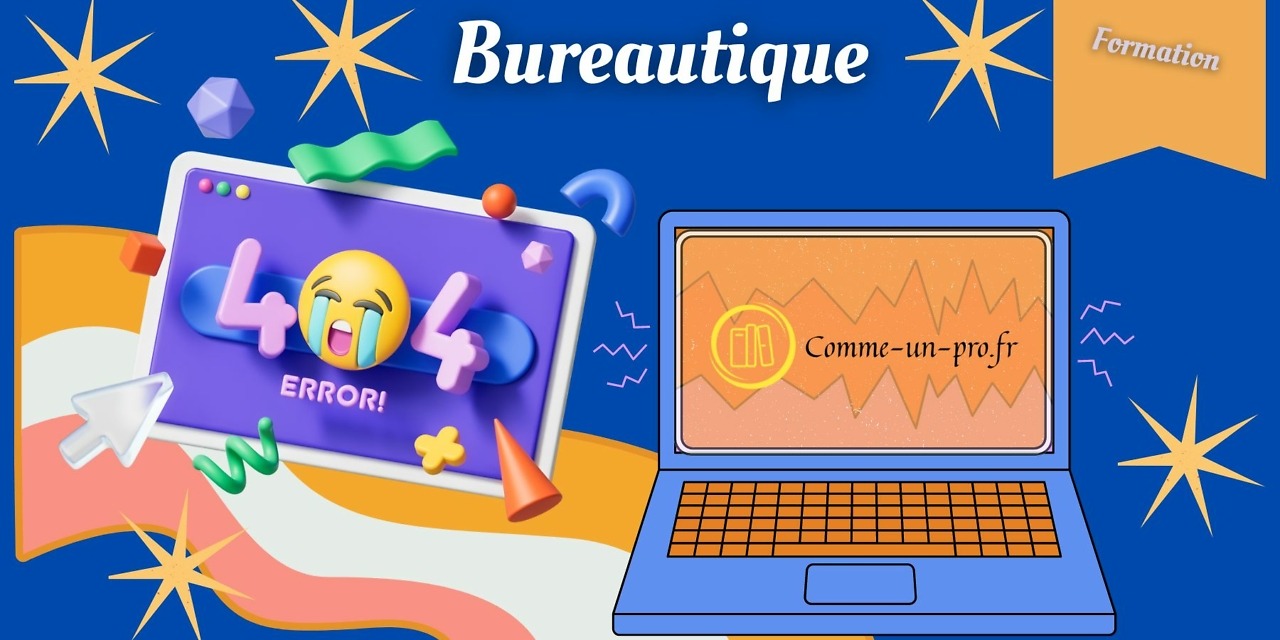Thwarting Cyber Threats: Linkedin Learning Training
The training opens with an overview of current cyber threats. Menninger details the risks posed by malware and ransomware. This information is fundamental to understanding the scope of security challenges.
It then teaches methods of defense against these threats. These strategies are vital for both personal and professional safety.
Phishing, the scourge of our digital age, is also discussed. Menninger offers tactics to effectively counter phishing. These tips are essential in a world where digital communication is omnipresent.
It also covers business email compromise. It guides participants on securing business communications. This protection is crucial to preserving data integrity.
Botnets and DDoS attacks are examined from every angle. Menninger shares strategies to guard against these attacks. This knowledge is essential to protect networks.
It also addresses deepfakes, an emerging threat. It shows how to detect and defend against deepfakes. This skill is increasingly crucial.
Internal risks, often underestimated, are also explored. The training emphasizes the importance of internal security. This vigilance is essential for the security of organizations.
Menninger looks at the dangers of unmanaged IoT devices. It offers tips for securing these devices. This precaution is essential in the era of IoT.
In summary, this training is a major asset for anyone wishing to understand and combat cyber threats.
Deepfakes: Understanding and Countering this Digital Threat
Deepfakes represent a growing digital threat.
They use AI to create deceptive videos and audios. They look real but are entirely fabricated. This technology poses ethical and security challenges.
Deepfakes can influence public opinion and politics. They manipulate perceptions and distort reality. This influence is a major concern for democracy.
Businesses are also vulnerable to deepfakes. They can damage reputation and mislead. Brands must be vigilant and prepared.
Detecting deepfakes is complex but essential. AI-based tools help identify them. This detection is a rapidly expanding field.
Individuals must be critical of the media. Checking sources and questioning authenticity is vital. This vigilance helps protect against misinformation.
Deepfakes are a challenge of our times. Understanding and countering this threat requires increased skills and vigilance. Training in cybersecurity is an important step in protecting yourself.
Shadow Computing: A Silent Challenge for Businesses
Shadow IT is gaining ground in businesses. This article explores this discreet but risky phenomenon.
Shadow computing refers to the unauthorized use of technology. Employees often use unapproved software or services. This practice is beyond the control of IT departments.
This phenomenon poses major security risks. Sensitive data may be exposed or compromised. Protecting this data then becomes a headache for companies.
The reasons for shadow IT are varied. Employees sometimes look for quicker or more convenient solutions. They bypass official systems to gain efficiency.
Businesses need to approach this issue sensitively. Strictly banning these practices may be counterproductive. A balanced approach is necessary.
Awareness is the key to reducing shadow IT. Training on IT risks and policies is essential. They help create a culture of IT security.
Technological solutions can also help. IT monitoring and management tools help detect shadow IT. They provide an overview of the use of technologies.
Shadow IT is a subtle but serious challenge. Businesses must recognize this and manage it effectively. Awareness and appropriate tools are crucial to securing the IT environment.
→→→For those looking to expand their skill set, learning Gmail is a recommended step←←←


